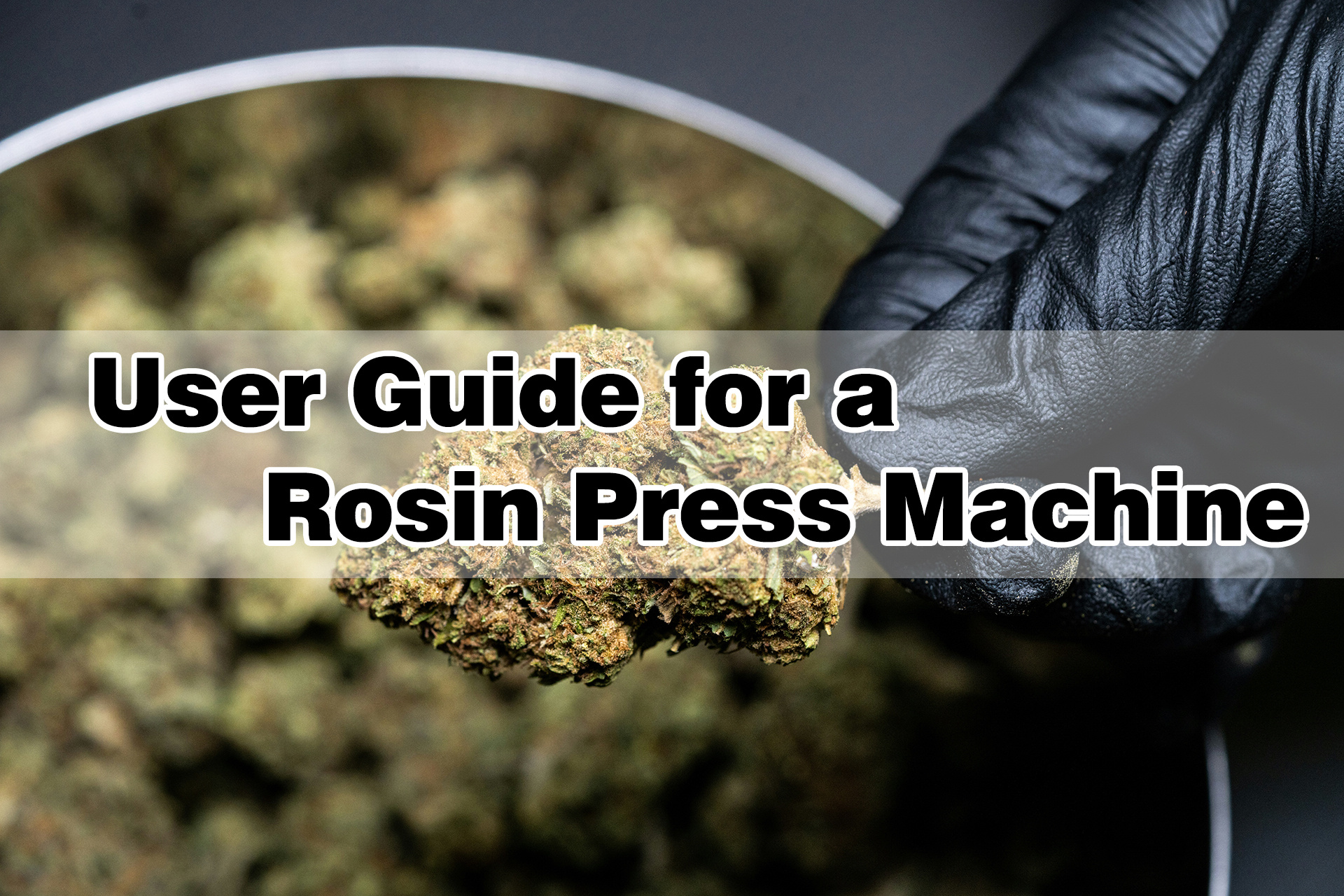News
User Guide for a Rosin Press Machine
Create Time:2025-06-26 Source: Shenzhen LTQ VAPOR Electronics Co.,Ltd

Introduction
A rosin press machine, often used for extracting rosin from cannabis, is a powerful tool that allows you to create high-quality concentrates. This guide will walk you through the steps to use a rosin press machine effectively and safely.
Preparation
1.Select Your Material
Choose high-quality cannabis flower, kief, or hash. Ensure the material is well-cured and free of mold or contaminants. The quality of your starting material directly affects the quality of your final product.
Check the moisture content of your cannabis. Ideally, it should be around 60-65% for optimal results.
2.Set Up Your Equipment
Place the press machine on a stable, flat surface in a well-ventilated area.
Plug it in and turn it on. Allow the machine to warm up to the desired temperature.
3.Rosin press Paper
Cut a piece of high-quality rosin press paper large enough to fold over your material. This prevents the rosin from sticking to the press plates.
4.Pressing Process
-Load Your Material
Place your cannabis material evenly spread or sandwiched between rosin press paper. If using rosin bags, select the appropriate micron size (e.g., 75-220 microns for flowers, 15-37 microns for kief).
-Position and Press
Carefully place the rosin press paper with the material in the center of the press plates. Ensure the material is evenly distributed to avoid hot spots.
Start with low pressure and gradually increase it to avoid blowouts and ensure even extraction. Monitor the flow of rosin to determine if adjustments are needed.
-Temperature Control
Set the temperature based on your material: 180-220°F for flowers, and 160-180°F for kief or hash. Lower temperatures help preserve terpenes, while higher temperatures can increase yield.
-Timing
Limit the pressing duration to 90-120 seconds to preserve terpenes and potency. Pressing too long can degrade the quality of the rosin.

5.Collection and Storage
-Collect the Rosin
Once the pressing is complete, carefully remove the rosin press paper and use a dab tool or scraper to collect the warm, pliable rosin.
-Store Properly
Store the rosin in a cool, dark place. Use airtight glass jars for long-term storage or non-stick silicone containers for short-term use.
6.Maintenance
-Clean the Press
Regularly clean the press plates with a non-abrasive cloth and isopropyl alcohol to remove residue. This ensures consistent performance and prevents contamination.
-Check Equipment
Ensure the press plates align correctly and the temperature controls are fully functional. Regular maintenance extends the lifespan of your equipment.
Tips for Best Results
1.Experiment with Settings
Adjust pressure and temperature based on the material type and desired consistency. Experimentation helps find the ideal settings for optimal yield and quality.
2.Use Pre-Press Molds
Pre-press molds help compact the material evenly, leading to more consistent yields and reducing the risk of blowouts.
3.Monitor Humidity
Maintain the ideal humidity level of your cannabis material (55-62%) before pressing to ensure the best quality.
By following these steps and tips, you can achieve high-quality rosin extraction using your marijuana press machine. Enjoy the process and the pure, flavorful concentrate you create!
Attention:
During the marijuana pressing process, several common issues can arise that may affect the quality and yield of your rosin extraction. Here are some key problems to watch out for and their solutions:
1. Blowouts
Blowouts occur when the rosin leaks out of the bags, usually due to excessive pressure or overfilling. To prevent blowouts:
Start with gentle pressure and gradually increase it.
Ensure rosin bags are not overpacked, and consider double-bagging for finer materials.
2. Uneven Pressing
This issue often results from unevenly packed material or misaligned press plates. To avoid it:
Ensure the material is evenly distributed in the rosin bag.
Check that the press plates are properly aligned.
3. Low Yield or Poor-Quality Rosin
Low yields or poor-quality rosin can be caused by improper temperature, pressure settings, or suboptimal starting material. To improve this:
Adjust the temperature and pressure according to the type of material being used.
Always start with high-quality, properly cured plant material.
4. Temperature Fluctuations
If your rosin press is not maintaining a consistent temperature, it might be improperly calibrated or in need of maintenance. Regularly check the calibration and make necessary adjustments.
5. Incorrect Temperature Settings
Using the wrong temperature can degrade terpenes or result in inefficient extraction. Optimal temperature ranges are:
For flower: 190-220°F.
For hash and kief: 160-180°F.
6. Applying Too Much Pressure
Excessive pressure can lead to thin, runny rosin and force unwanted plant material into the final product. Apply consistent, moderate pressure instead.
7. Rushing the Process
Pressing too quickly can result in incomplete extraction and lower yields. Allow sufficient time for the material to release its oils.
8. Neglecting to Filter the Rosin
Not filtering the rosin can result in impurities and a less potent final product. Always use appropriate rosin bags or filters.
9. Inconsistent Material Preparation
Grinding the starting material too finely can lead to blowouts and lower yields. Instead, use whole flower or properly prepared hash.
10. Not Cleaning the Press Regularly
Residue buildup on the press plates can affect heat distribution and reduce efficiency. Clean the press thoroughly after each use.
By being aware of these common issues and taking steps to address them, you can improve your rosin extraction process and achieve better results.


